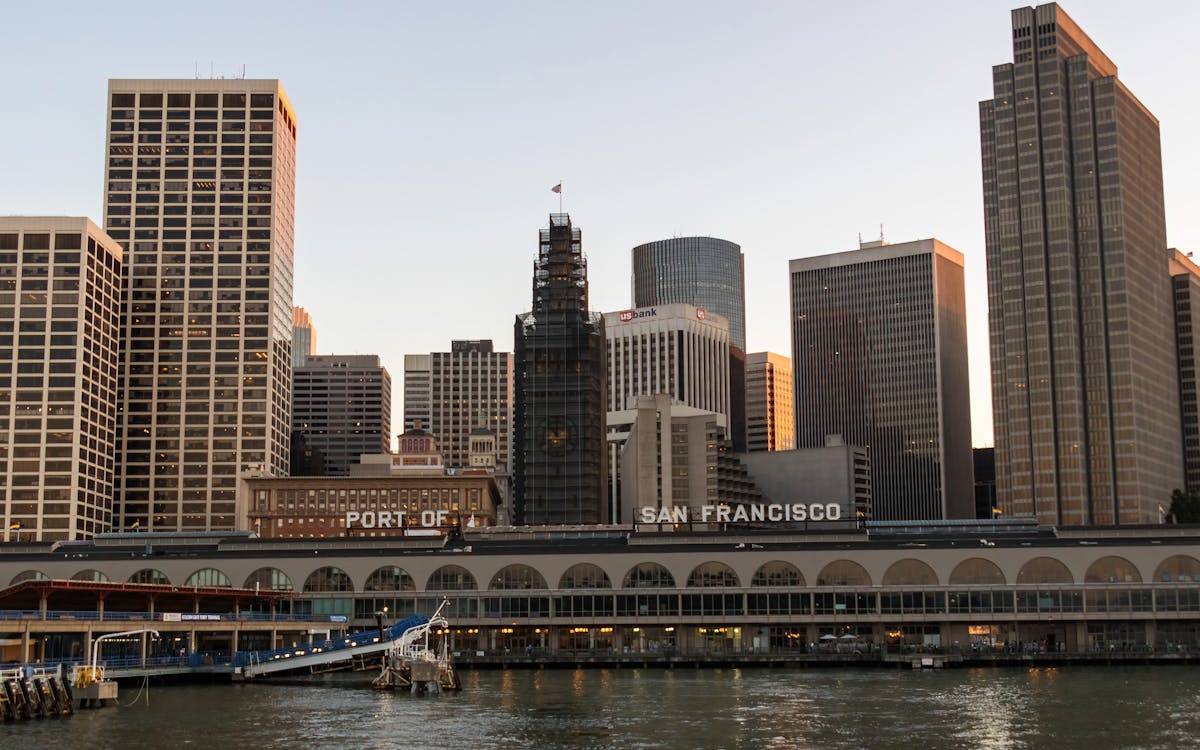People and the Planet: Bay Restoration Stories
People and the Planet: Bay Restoration Stories
Blog Article

Why Restoration Matters More Than Ever in the Bay Area
Over the last few decades, the San Francisco Bay has weathered the impact of urban expansion, commercial growth, and environment modification. As soon as including wildlife and lush wetlands, a lot of the bay's natural communities have actually been fragmented or weakened. Yet in the middle of these difficulties, something exceptional is occurring: local residents, volunteers, and grassroots efforts are leading a wave of environmental restoration that's bringing brand-new life back to the Bay.
Remediation isn't just about growing trees or cleaning up garbage, though those efforts are important. It's regarding rebuilding the structures of life, from marsh turfs that sustain fish nurseries to coastline buffers that defend against flooding. And in this area, the power of neighborhood participation is turning the trend really reasonably.
From Marshland to Miracle: The Return of Native Habitats
Among the most visible adjustments happening in the Bay Area is the re-emergence of indigenous environments. Wetlands that were when drained pipes or paved over are being rehydrated and replanted. Lawns and shrubs native to the area are being grown by community groups, who usually depend on regional volunteers to aid grow seedlings and handle regulated growing occasions.
These native plants do more than add greenery to the landscape. They use haven to migratory birds, pollinators, and small mammals, creating pockets of biodiversity amidst hectic city areas. As these environments expand, so does the ecological health of the Bay itself. When regional citizens take time out of their weekend breaks to get their hands in the soil, they're not just planting-- they're taking part in the reconstruction of a living, breathing ecosystem.
The Role of Education in Fostering Environmental Stewards
Education plays an important component in why these community-led efforts are working so well. Schools, neighborhood centers, and not-for-profit teams are organizing hands-on knowing experiences where participants of all ages can recognize the scientific research and relevance of repair. These programs commonly bring people face to face with concerns like disintegration, contamination, and sea level surge-- subjects that can feel abstract till they're seen up close.
When somebody sees the delicate equilibrium of a tidewater or discovers how a solitary plant species can filter contaminants from the water, the value of that knowledge ends up being individual. And with that said understanding comes the motivation to act. Recovering ecosystems comes to be less of a job and more of a goal. This deep connection to neighborhood spaces is what sets the Bay Area apart and gas the long-term success of these initiatives.
Taking Advantage Of the Digital World to Drive Real-World Change
Surprisingly, the press to recover the Bay's ecosystems isn't taking place alone from the electronic globe. Technology is ending up being an effective tool in rallying assistance, spreading recognition, and linking neighborhoods. Whether through citizen scientific research applications that track indigenous species or neighborhood online forums organizing repair occasions, the online space is enhancing boots-on-the-ground action.
In recent years, even regional outreach approaches have developed. For instance, a social media marketing agency in the Bay Area might support ecological projects by aiding volunteers enhance their influence, tell their stories, and inspire others to get involved. These electronic touchpoints have the power to transform a small weekend cleaning into a regional motion just by allowing individuals know it's happening-- which it matters.
Email Campaigns That Inspire and Inform Local Change-Makers
An additional electronic approach making a tangible difference is e-mail interaction. Updates about restoration events, seasonal growing initiatives, and donation drives are typically shared via thoroughly crafted e-newsletters that strike an equilibrium in between being informative look at this website and inspiring. It's not uncommon for a well-timed campaign from an email marketing agency in San Francisco to bring a rush of volunteers or donations to a task in need.
These email projects aren't simply transactional-- they're transformative. By educating subscribers about the direct impact their involvement has, they support long-term involvement. Readers concern seem like stakeholders in the wellness of their area, which psychological link translates to lasting commitment.
The Unseen Work of Connecting Data, Communities, and Nature
Behind every successful remediation job exists an intricate internet of control. There's study to recognize what environments require most, area responses to form comprehensive strategies, and follow-up tracking to make sure success. This sort of continuous effort commonly needs not just heart, but information, strategy, and interaction.
That's where the assistance of a digital marketing company in the Bay Area can make a peaceful but crucial distinction. By assisting organizations develop strong electronic platforms, collect insights, and improve their messaging, these teams make it possible for neighborhood groups to scale their effect. The outcome is a much more connected and efficient activity, where every action counts, and every person feels like they're part of something bigger.
The Power of People in Preserving the Bay's Future
If there's one point the Bay Area has verified, it's that repair does not need to begin with huge organizations or substantial budgets. It can begin with one neighbor pulling weeds from a trail, one trainee growing an indigenous sapling, or one household showing up to a shoreline cleaning. These tiny activities accumulate, particularly when they're supported by smart techniques and shared with the broader community.
There's something uniquely hopeful concerning seeing the trends transform-- both figuratively and literally-- for nature. The Bay is far from completely brought back, however it's being restored everyday via the persistence and care of those who call this location home. With each marsh rebuilt and each native types safeguarded, we're not just bring back ecological communities-- we're imagining what's possible when areas lead with purpose.
Maintain following this blog for more stories on regional change, area effect, and the methods you can be part of securing the all-natural charm that surrounds us.
Report this page